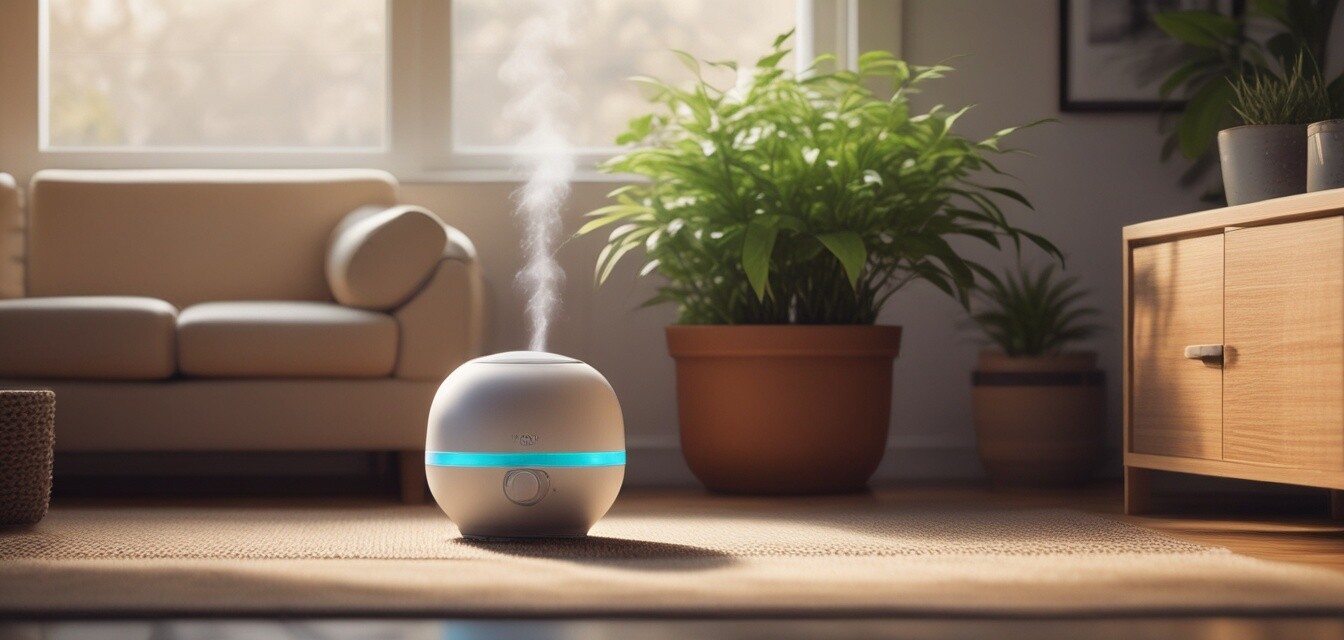
Using Humidifiers to Combat Dry Air Allergies
Key Takeaways
- Humidifiers help maintain optimal indoor humidity, reducing allergy triggers.
- Choosing the right humidifier model depends on your space and needs.
- Regular maintenance of humidifiers is crucial for effective performance.
- Combining humidifier use with other strategies like air purifiers can enhance results.
Seasonal allergies can turn a vibrant spring day into a health challenge. One of the main contributors to allergy discomfort is dry air. Humidifiers provide an effective way to introduce moisture back into your environment, reducing irritants that may trigger allergy symptoms. In this article, we will explore how a humidifier can help alleviate allergy symptoms, tips for choosing the right model, and maintenance advice to ensure optimal performance.
Benefits of using a humidifier for dry air allergies
Humidifiers can play a significant role in managing dry air allergies. Here are some of the primary benefits:
| Benefit | Description |
|---|---|
| Prevents dryness | Humidifiers add moisture to the air, helping to soothe irritated nasal passages and throats. |
| Reduces allergens | Maintaining proper humidity can reduce common indoor allergens like dust mites and mold spores. |
| Improves comfort | Humid air can make it easier to breathe and enhance overall comfort during allergy season. |
| Enhances skin hydration | A humidifier can also help prevent dry skin, which is often a complaint during dry seasons. |
Choosing the right humidifier
When selecting a humidifier, there are several factors to consider. Here’s a helpful guide to assist you in making an informed decision:
- Type of humidifier:
- Cool mist: Ideal for larger spaces; helps in reducing allergens.
- Warm mist: Useful in colder climates; provides soothing warmth while moisturizing.
- Ultrasonic: Quiet and energy-efficient; good for small to medium rooms.
- Capacity:
- Select a model that fits your room size. Larger tanks need less frequent refilling.
- Features:
- Look for adjustable humidity settings, automatic shut-off, and filters.
- Some models include hygrometers that monitor humidity levels.
- Maintenance:
- Easy-to-clean features are essential to prevent mold and bacteria buildup.
Maintenance tips for humidifiers
To ensure your humidifier functions effectively, regular maintenance is vital. Here are some tips to keep your unit in top condition:
- Check and replace filters as needed to ensure efficient operation.
- Empty and clean the tank regularly to prevent mold growth.
- Run the unit only with distilled water to minimize mineral buildup.
- Follow the manufacturer’s instructions for specific maintenance guidelines.
Combining humidifiers with other strategies
For even better results in managing dry air allergies, consider combining your humidifier with other useful products and strategies:
- Air purifiers: Reduce airborne allergens significantly.
- Allergy-proof bedding: Protects from dust mites and other allergens.
- Allergy medications: Over-the-counter solutions for relief.
- Nasal and sinus care products: Keeps nasal passages moisturized.
- Eye drops and treatments: Provides relief for itchy, watery eyes.
Conclusion
Using a humidifier can greatly assist in combating the discomfort of dry air allergies. By ensuring your home is adequately moist, you can reduce allergens and improve your overall comfort. Remember to choose the right model that fits your needs and follow maintenance routines to get the most out of your humidifier. Make informed choices and become proactive in managing your allergy symptoms this season!